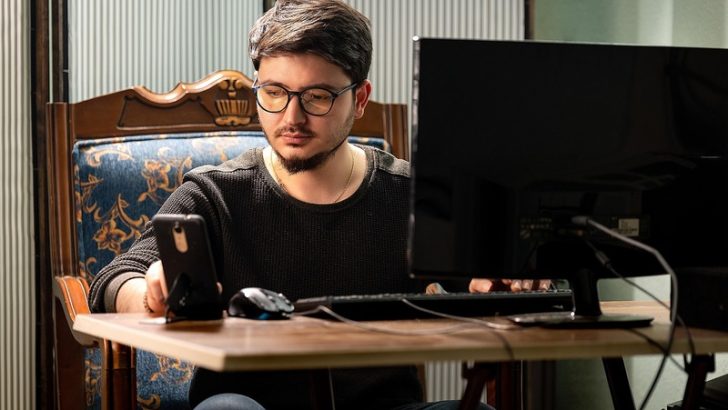As society continues to advance in the digital era, the need for scalable and visually appealing design in a timely manner in our ever-growing digital landscape increases. While human-made design pieces are still highly favorable, the amount of time and resources needed to create one often leaves upstarts or small business owners on their own. However, nowadays, they can utilize an AI design generator to assist them.
What is It?
An artificial intelligence-powered design generator is a computer program that automates, accelerates, and assists the design process. A design generator falls under the category of generative AI tools, as it generates a design based on the user’s description.
The generated content can then be used in various applications, ranging from personal use, such as wall décor, to professional use, such as a brand logo. However, not all AI-generated designs can be used in a commercial setting; more on that later.
The primary difference between an AI design generator and a design software like Adobe InDesign lies in their intended purpose and the way they operate. A design software is like a frying pan; we use it to cook something in, but we are still the ones processing the ingredients. Meanwhile, an AI generator is like a machine in a food factory; we program it to process the ingredients we provide, and the machine will prepare the food.

How do They Work?
The computer science behind how a design generator uses the power of artificial intelligence to generate images from a string of text is worth a separate article. However, the key principle of generative AI—in this case, an AI design generator—is using an extensive database of reference images (commonly referred to as dataset) to find a pattern that matches the text input (commonly referred to as ‘prompt’) from the user and emulate those patterns to create new image(s).
In terms of how the user operates design generators, all they need to do is type in the prompt detailing how the intended content should look, including the design’s layout, style, color palette, and hierarchy. The image generated might occasionally require minor adjustments, but most of the time—and as the generator is used more frequently—the image will come out just right.
How can They Assist My Design Process?
For individuals with limited or no design experience or technical skills, AI design generators can assist them throughout the entire design process. The generator will do everything for them according to the prompt.
For professional designers, AI generators can serve as a virtual assistant, helping them in their craft. Moreover, designers possess sufficient knowledge and skill to determine which parts of the design process can be assisted or even fully automated with AI, and which parts are better suited to hand-crafting. Generators can also help designers experiment with different styles or color palettes.
In both scenarios, AI generators help reduce the time and effort required to produce a design piece. With numerous AI tools offering free trials, limited free usage, or low-cost subscription options, AI generators also contribute to cost-effectiveness.

Is There Any Downside?
Like any other piece of technology humanity has ever produced, design generators and generative AI in general have their own downsides and limitations. One of those limits is the generated content itself. While visually appealing, AI-generated designs often lack the nuances and emotions that we can feel in human-made content. Not to mention that the quality of the content is sometimes inconsistent.
Another major downside is that in some countries, you cannot file for copyright protection of AI-generated content. For example, in the US, generative AI content cannot be protected by copyright law unless a human creator further provides the content with sufficient expressive elements. In the EU, copyright law only protects works created by humans, which means that design pieces fully generated by AI without adequate human interaction, aside from the prompt, cannot be protected.
What are the Examples of AI Design Generator?
Every now and then, new AI generators are released to the public. Here are some of the most popular AI-powered image and design generators you can try:
- Gemini Canvas. An image generator powered by Gemini, an AI model developed and published by Google.
- ChatGPT. More than just a chatbot, ChatGPT also offers users an image generator feature.
- Magic Design. A design generator featured in Canva, a corporate worker’s favorite design tool.
- ai. This AI model allows users to upload their own assets.
Aside from standalone AI tools, some design tools also offer AI capabilities as one of their features, including:
- Dreamina, featured in the popular video editing tool CapCut.
- Adobe Firefly, a part of Adobe Creative Cloud AI, is featured in many Adobe apps, including Illustrator and Photoshop.
An AI design generator is a relatively new technology that is still shrouded in controversy and uncertainty. However, we cannot deny that when used responsibly, it’s just another tool we use to help us in our daily life.
